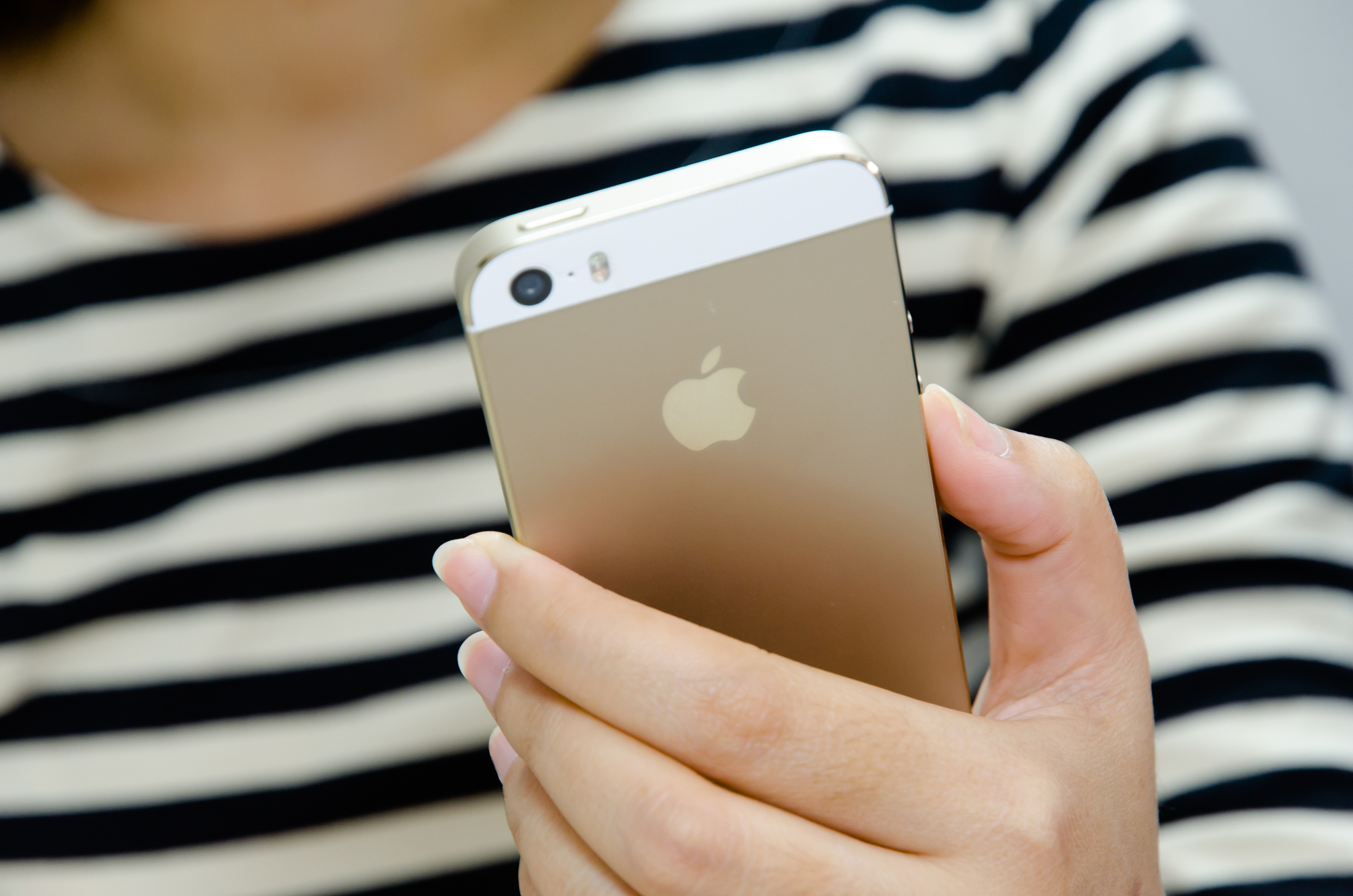
Apple’s iPhone 15: The End of the Lightning Era

Apple has recently unveiled its iPhone 15, marking a significant change: the abandonment of its proprietary lightning charging port. This move comes after the European Union mandated standardization to USB-C. But what does this mean for you, the consumer, and how does it affect Apple’s standing in the tech world? Read on to find out more about this groundbreaking shift.
The EU’s Role in Apple’s Decision
The European Union has been pushing for a universal charging standard to simplify consumers’ lives and reduce e-waste. Apple’s decision to switch to USB-C is a direct result of this initiative.
Balancing Innovation and Tradition
While the iPhone 15 offers some new features, such as a brighter screen and improved camera systems, some analysts argue that the updates are incremental. This raises the question: how can Apple continue to innovate while maintaining the essence of its products?
The Financial Implications
The iPhone 15 starts at £799, and the Pro version starts at £999. Given the current economic climate, will consumers be willing to pay these prices for what some consider to be minor upgrades?
Credibility and Trust
Apple has always been a trusted brand, but this move could either strengthen or weaken that trust. The company has also made environmental pledges, aiming to be carbon neutral by 2030.
Did You Know?
- Apple’s global smartphone market has slumped from shipping 294.5 million total phones to 268 million in Q2 of 2023.
- Apple’s new Watch series will be carbon neutral for the first time.
- The company has pledged to stop using leather in any of its accessories.
The iPhone 15 represents a pivotal moment for Apple, driven by regulatory changes and consumer expectations. While the phone offers some new features, it also raises questions about innovation and financial feasibility.
Related post


Apple’s Radiation Scare: A Wake-Up Call for the Tech Industry

Gender Diversity in Leadership: Grundfos Takes the Lead

California Takes Legal Action Against Oil Giants: What It Means for the Industry

TikTok Slapped with a Hefty Fine for Child Data Breach: What This Means for the Tech Industry
